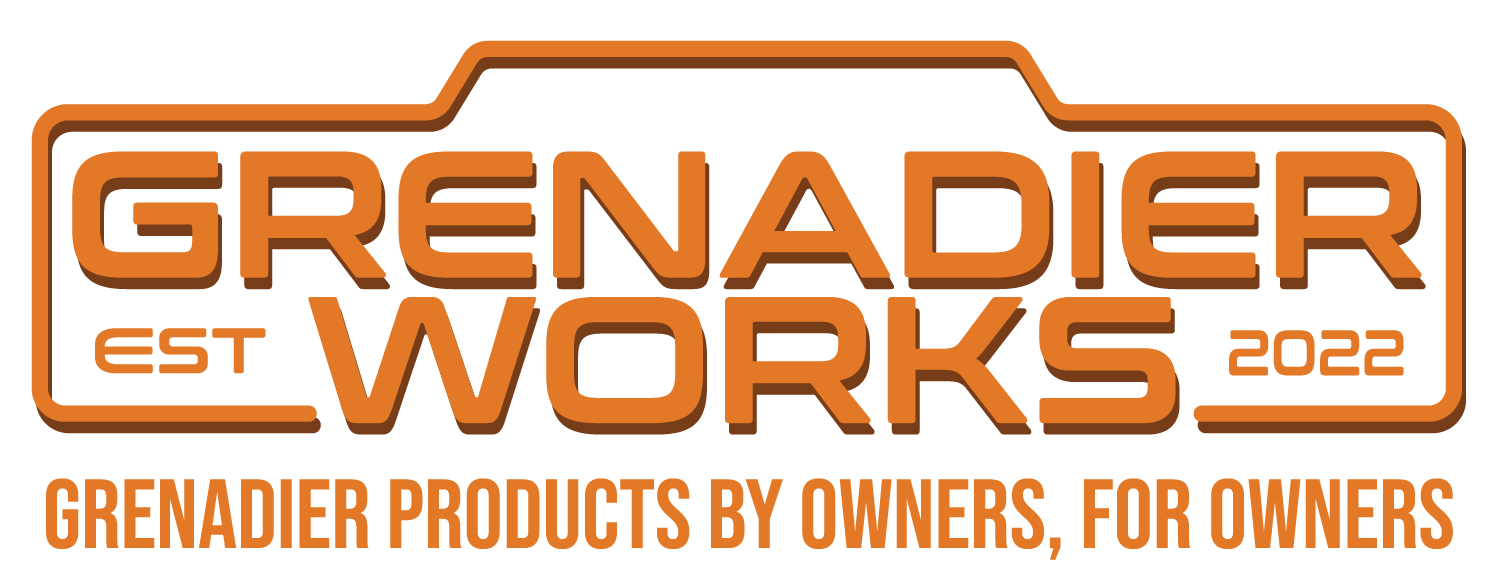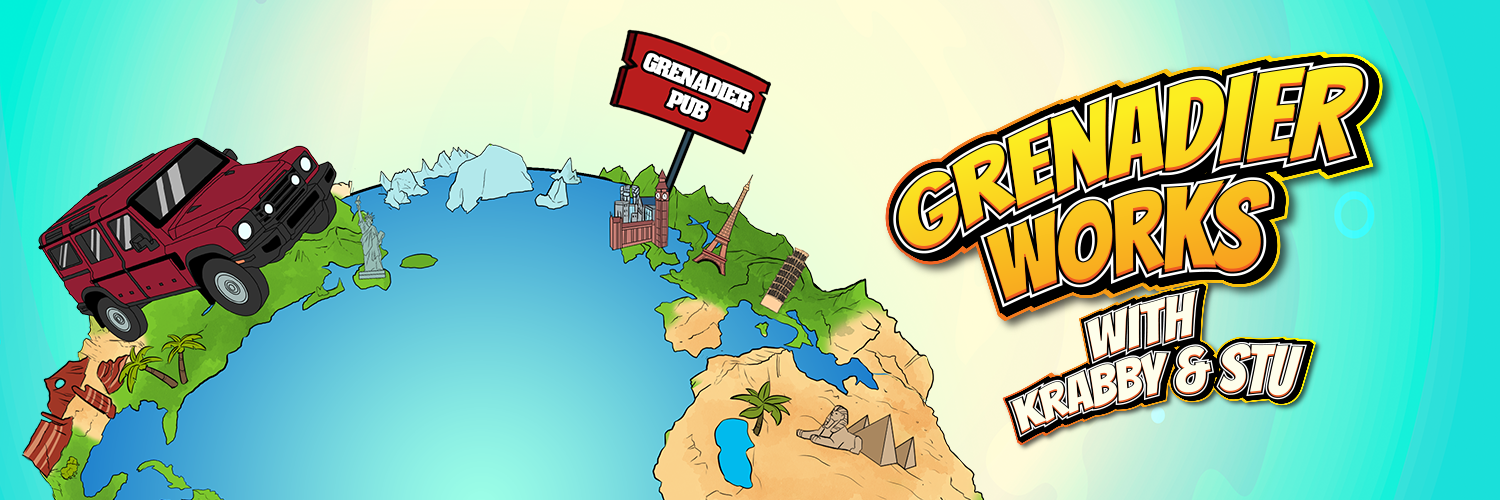Except you cannot modify the axle thrust angles. You would have to have cam bolts on the upper links as well.Yep. I came back here to point @Dokatd to that post and procedure. It's what was in my mind when I mentioned thrust angle above.
On the rear axle you only have a single cam bolt on each lower arm. You could attempt to load the rubber bushings I suppose, but you cannot twist the axle housing so thrust angles cannot be adjusted. Even if you loaded the bushings you still won't change the thrust angle. Same applies to the front axle. The upper arms are static and the lowers have a single cam bolt per arm. Maximizing wheelbase via front axle is simply adding maximum caster. Adjusting the rear is just changing the pinion angle.
What I will concede is that preloading the links with the cams may reduce some squirm from differences in torque from being under power and alternatively engine braking.
But that's not correcting thrust angle but rather loading suspension like a nascar so it behaves correctly on each track.
Last edited:



